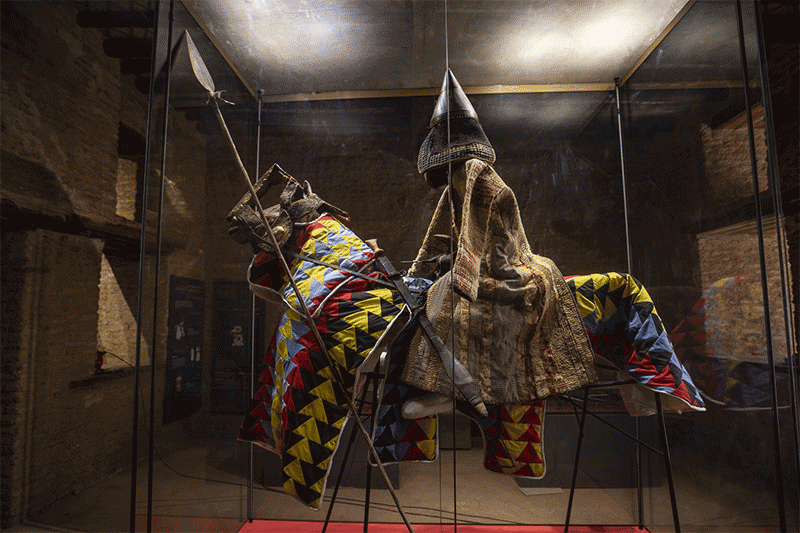
Denis Villenueve’s Dune (2021) opens with indigenous people resisting colonialism. The Black, Brown, and swarthy natives of the desert planet Arrakis contrast with the whiteness of the Harkonnen forces. They also contrast with the whiteness of Paul Atreides and his mother Lady Jessica. While many people look to the Islamic roots of Frank Herbert’s science fiction masterpiece, they often overlook the novel’s Black roots. There would be no Dune without the Mahdist War (1881–1899) in Sudan and Doomsday uprisings that shook Darfur during the early 20th century.

As I write, the nation of Sudan is experiencing an uprising against authoritarian rule. This short piece is dedicated to the Sudanese martyrs who have paid the ultimate cost in standing for freedom and justice. Like the 1965 novel, Dune Part 1 and Part 2 warn us about embracing charismatic leadership that weaponizes myth and prophecy. They are also critiques of stagnant empires and their bureaucratic machinery. Oppressed peoples live on through memory and imagination. In the novel, Frank Herbert translated the term Ya hya chouhada as “long live the fighters.” Muslims understand the term shuhada to mean, “martyrs.” By including the history of Black Muslims in anti-colonial resistance, we can trace the cultural influence that Africans had on one of science fiction’s greatest novels.
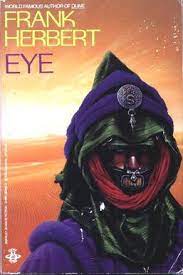
I first encountered Dune in 1985 after watching David Lynch’s beautiful, but melanin bleached film. A few years later, at aged 11, I picked up a second hand copy of Dune and poured myself into Frank Herbert’s strange and rich universe. Once I completed the novel, I discovered the glossary at the end. The syncretistic future religions of Dune intrigued me. That was when the term jihad (holy war) was not widely connected with terrorism. In high school, I marveled at Herbert’s creativity in world-building. For 36 years, I didn’t make the connection between Dune and a technicolor classic film that depicted the Sudanese anti-colonial movement.
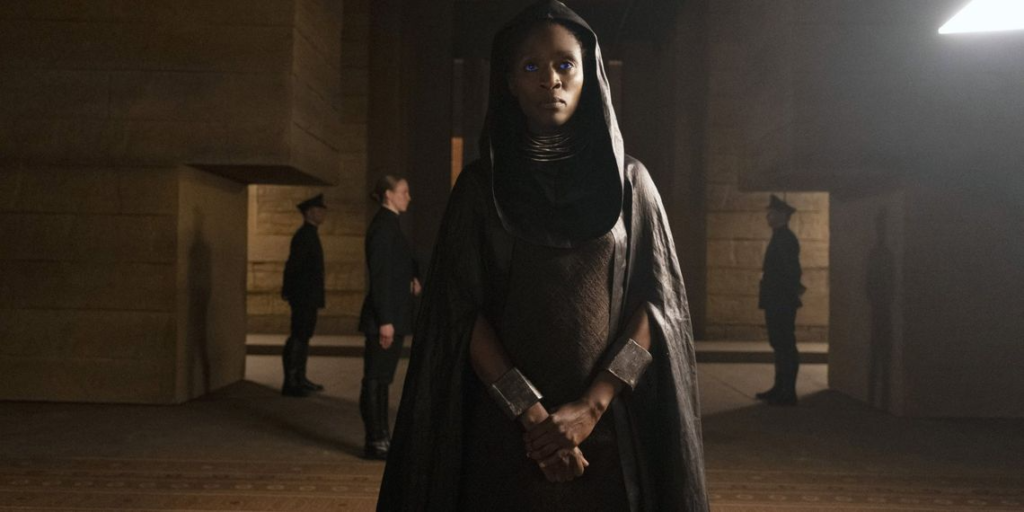
Some critics highlighted the orientalism of the source material, Herbert’s reification of the white savior trope, the erasure of Islamic influence in the film, and the lack of Middle East and North African actors with speaking roles in the film. Roxanne Hadidi argued for the cultural specificity of the SWANA (Southwest Asia/North Africa region), writing, “Part One presents the Fremen as generic ‘people of color.’” Further Javier Bardem, a Spanish actor who always reads his lines like a Spaniard, plays the Fremen leader Stilgar. Black British actress Sharon Duncan-Brewster plays Dr Liet Kynes, Imperial Planetolist and Zendaya is Chani, a Fremen native who Paul has prescient dreams about and who also happens to be Liet Kynes’s daughter. Golda Rosheuvel, a Guyanese-British actress, plays Shadout Mapes and the Fremen fighter Jamis is played by Nigerian American Babs Olusanmokun. While the critiques are valid, as a scholar of racial formation in the Sahara, I welcome the inclusion of Blackness amongst the Fremen.
Several modern nation-states in the Sahara have significant and/or majority Black populations(Sudan, Chad, Niger, Mali, and Mauritania), in addition to Eritrea, Nigeria and Senegal also in the Sahel transition zone. There is a range of phenotypes, including Blackness in Arab and Indigenous communities. that traverse the Sahara. Further, there are significant communities of Afro-Arabs in Southwest Asia and along the Mediterranean coast.

 Some scholars have argued the roots of Frank Herbert’s use of Mahdi come from North African Fatimids of the 10th and 12th centuries. However, a modern-day Mahdi was well known during the late 19th century to mid-20th century independence movements. Frank Herbert didn’t have to dive in archives or hang out in the stacks to find out about Mahdism as a political force. The Sudanese uprising against the Anglo-Egyptian Sudan was well-known in political discourses and popular culture. The novel “Four Feathers” (1902) has had such a cultural impact that several film adaptations have been made of it including “Four Feathers” (1915) (1921) (1929), ( 1939), (1978), (2002), and “Storm on the Nile” (1955). It influenced Lawrence Arabic to go Blackface in the 1966 film “Khartoum”.
Some scholars have argued the roots of Frank Herbert’s use of Mahdi come from North African Fatimids of the 10th and 12th centuries. However, a modern-day Mahdi was well known during the late 19th century to mid-20th century independence movements. Frank Herbert didn’t have to dive in archives or hang out in the stacks to find out about Mahdism as a political force. The Sudanese uprising against the Anglo-Egyptian Sudan was well-known in political discourses and popular culture. The novel “Four Feathers” (1902) has had such a cultural impact that several film adaptations have been made of it including “Four Feathers” (1915) (1921) (1929), ( 1939), (1978), (2002), and “Storm on the Nile” (1955). It influenced Lawrence Arabic to go Blackface in the 1966 film “Khartoum”.
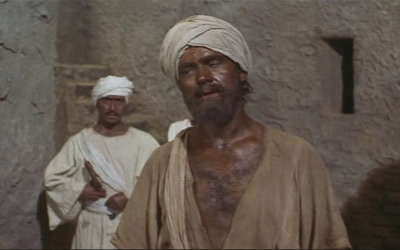
The setting of Four Feathers deals with the most successful messianic Muslim revolt, which occurred in Sudan during the late nineteenth century. Ahmad bin Abd Allah (1844–1885) was aNubian Sufi religious leader of the Samaniyya order in Sudan Muhammad who declared that he was the Mahdi in 1881. He began a religious movement that swept through Sudan and successfully ousted the foreign Turco-Egyptian government from Khartoum in 1885. He died shortly after the fall of Khartoum and his successor, Khalifa Abdullahi, led Mahdist forces against the British and Egyptian troops.
Although Anglo-Egyptian troops conquered Sudan in 1889, they had not defeated Mahdist ideologies. Western migrants increased in the Sudan after British forces conquered the Sokoto Empire in Northern Nigeria in 1903 and the Keira Dynasty in semi-autonomous Darfur in 1914. Mahdist and messianic outbreaks continually plagued the British colonial powers until the mid-1920s when Sudanese nationalism began to develop. There were numerous Mahdis in Africa, but the most successful was the Sudanese
His son, Sayyid Abd al-Rahman al-Mahdi remained an important religious and political figure during the colonial era in the Anglo-Egyptian Sudan. He remained a great authority as leader of neo-Mahdists even after Sudan became independent. The founders of Sudan asserted their Blackness as a newly independent nation distinct from the Anglo-Egypt by naming the country “Black.”
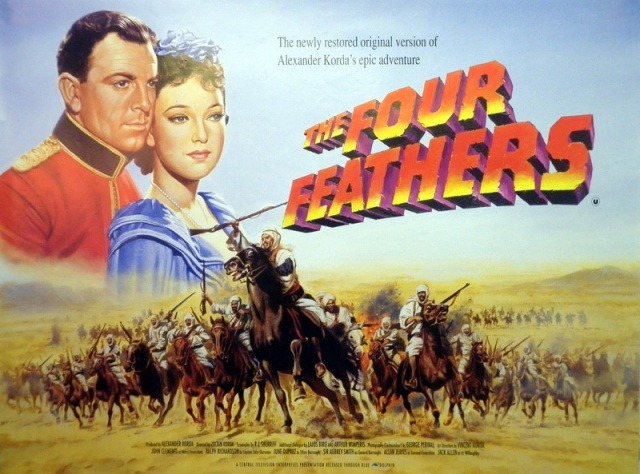
The Technicolor film Four Feathers (1939) was one of the most popular films of that year. It featured the swashbuckling adventures of a disgraced British soldier who rose to occasion against the “evil” rebels in Sudan. It was, after all, the most influential depiction of Mahdism as a force to overthrow a stagnant empire. It is likely that the popular depiction of the Sudanese Mahdi’s anti-colonialism AND the mysticism of the Fatimids and Shi’ism in Orientalist texts were part of Herbert’s intertextual crafting of his vast universe and sprawling timeline.
It is not so far-fetched to consider the inclusion of the most successful messianic revolt that led to the overthrow of imperialist troops that consisted of the corrupt Turko Egyptian and British troops, led by Black Arabs. To me, what makes the Missionaria Protectiva so nefarious is that it appropriates the Mahdi and makes him an outsider, the Lisan al Gaib “voice from the outer” world to protect a Bene Gesserit who might get stranded on Arrakis. It is an insidious twist of theology, historic memory, and longing for leadership rooted in faith that leads to a false messiah.
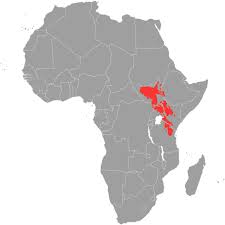
Frank Herbert based the culture of the Fremen on Saharan, Bedouin, and the San People of the Kalahari bush. He likely drew upon the history of Sudanese people along the Nile. The ancestors of the Fremen were the Zensunni wanderers, whose earth home was called Nilotic al-Ourouba. De-Nile (denial) is not just a river in Egypt, it is a river in Africa that begins in Lake Victoria (located in modern-day Uganda, Tanzania, and Kenya). Not all Arabs have Levantine or Mediterranean phenotypes. Many Arabs and nomadic indigenous communities in the Sahara are Black. Further, the demarcation of North Africa and sub-Saharan Africa is a colonial and racist construct. Western narratives about Afro-Arabs and Saharan people will always fall short. This is why we must uplift the authentic historical and futuristic narratives of Black and Brown people who traverse Saharan, Mediterranean, and Indian Oceans.
